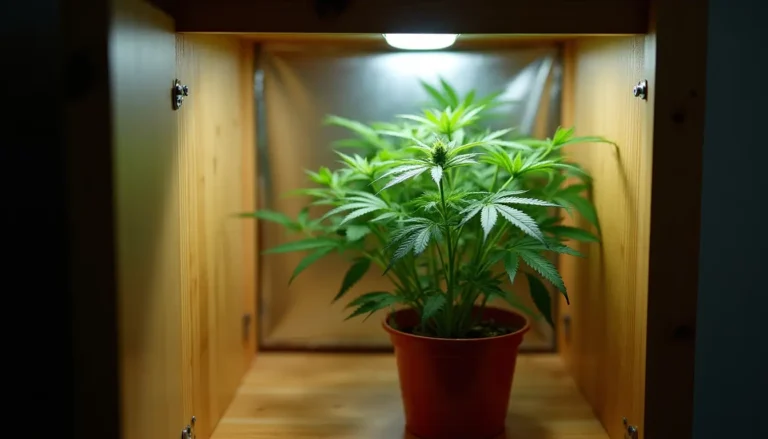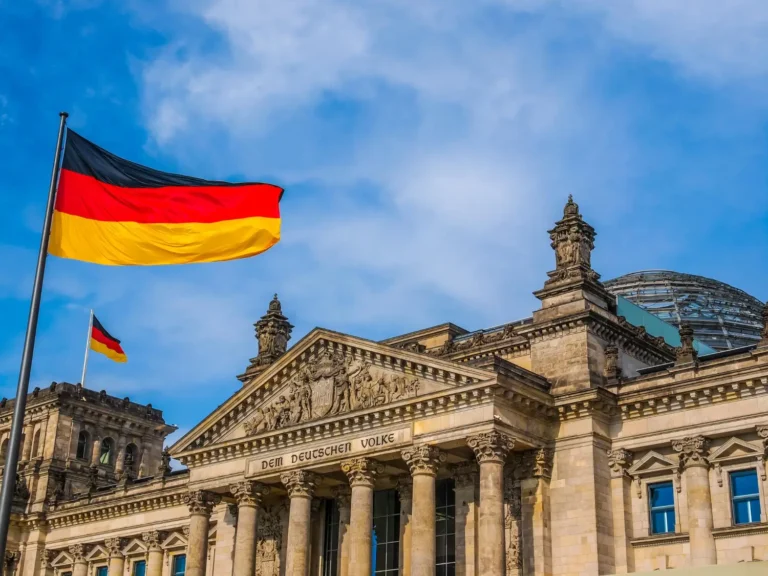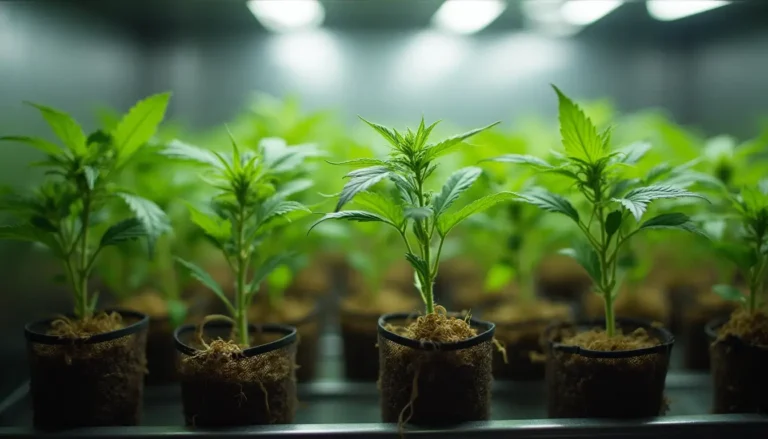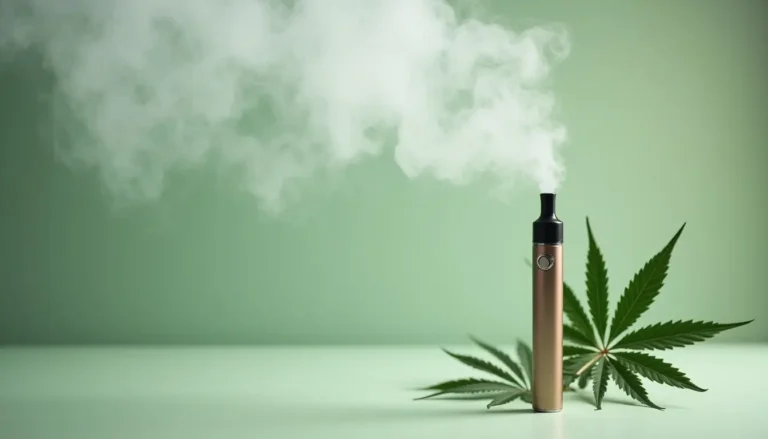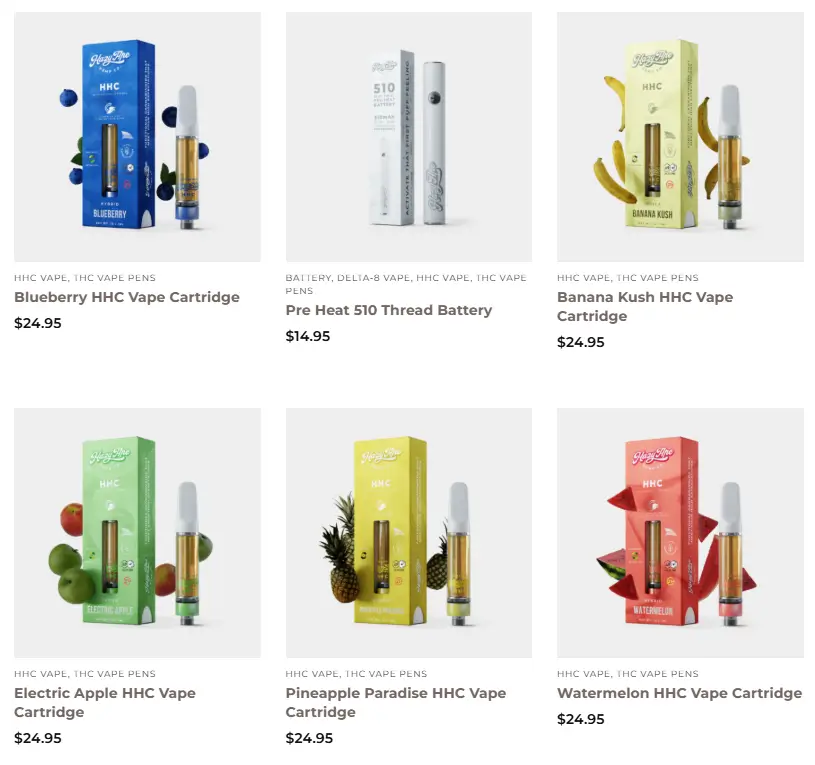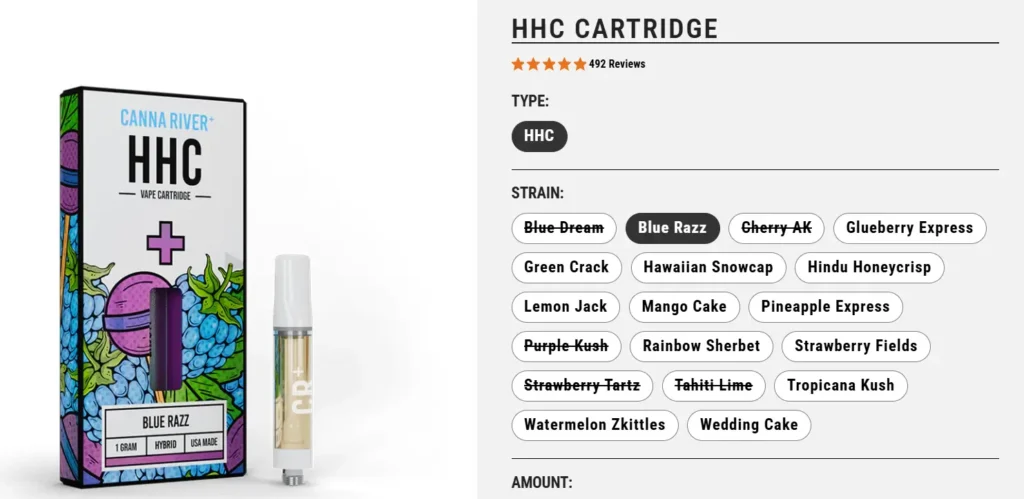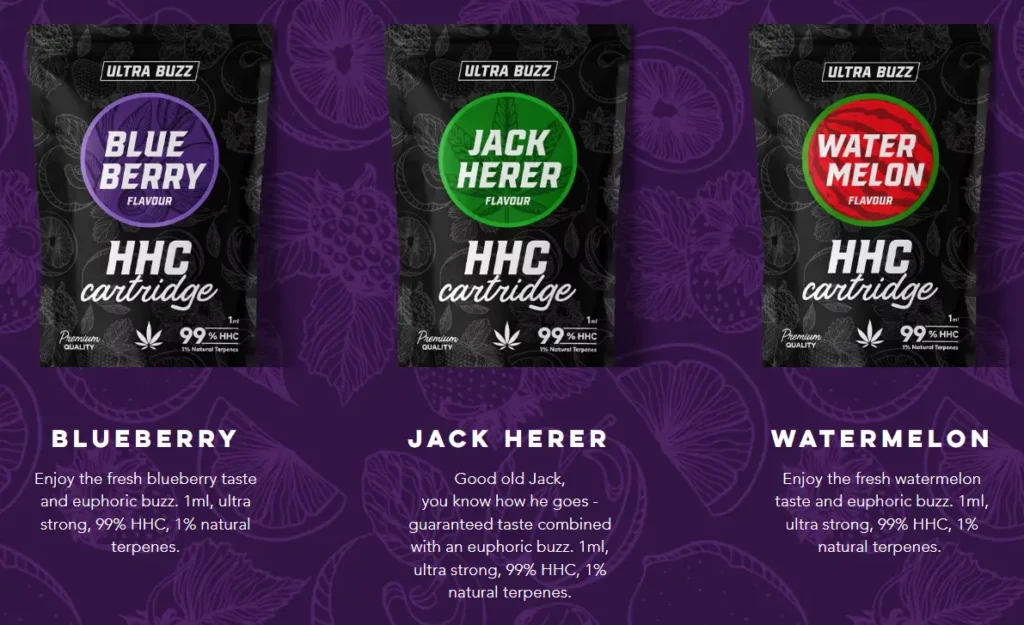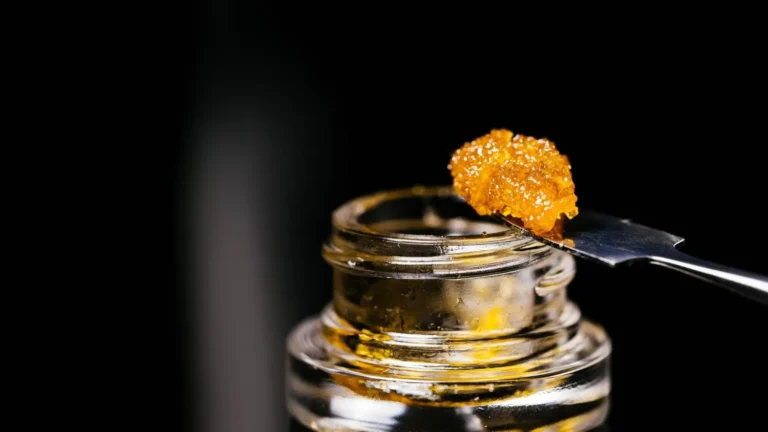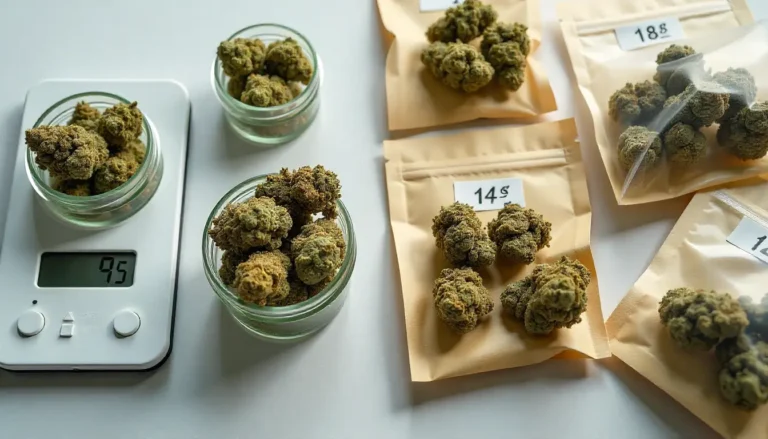Cannabis in France is illegal for personal use, and the country is often described as having some of the strictest cannabis laws in Europe. While recreational possession can sometimes result in a fine rather than immediate jail time, penalties remain significant, with prison sentences still legally possible. Despite this, France consistently ranks among the highest in Europe for cannabis consumption.
On the medical side, the law has undergone significant shifts in recent years. Medical cannabis in France is permitted but under minimal conditions. Only specific cannabis-derived medicines are available, and they require a doctor’s prescription.
For visitors considering cannabis tourism, it is crucial to understand that recreational marijuana is not tolerated, and only tightly regulated medical use is legal. This cannabis travel guide will help you understand what is permitted, what is not, and how to comply with local regulations.
Top things to remember
- Recreational cannabis is illegal in France, and possession can lead to fines or even prison in serious cases.
- Medical cannabis exists only under strict prescription, limited to specific conditions, and is not available to tourists.
- CBD is legal under 0.3% THC, but smoking raw flowers remains a grey area and may be treated like regular cannabis.
Legal Landscape for Cannabis Use in France
Cannabis in France remains illegal for recreational use under the Loi du 31 décembre 1970, which places possession and use under criminal law. That said, enforcement has evolved: in many cases, small-scale possession is dealt with by a fixed fine rather than full criminal prosecution.
In France, THC-containing cannabis remains completely prohibited outside of strictly regulated medical contexts. Possession, consumption, sale, or transportation of marijuana with psychoactive THC can lead to criminal charges, with penalties ranging from fines to imprisonment depending on the circumstances.
By contrast, CBD (cannabidiol) products are governed by a more nuanced framework. Items containing only trace levels of THC, typically under 0.2% or 0.3%, may be lawfully sold and used, especially in non-smokable forms such as oils, tinctures, or cosmetics. These products have become increasingly available in French shops and online, though they remain under close regulatory scrutiny.
The laws apply equally to both residents and visitors: foreign nationals caught with cannabis face the same penalties as French citizens. There is no legal distinction in enforcement.
However, enforcement discretion may vary in practice (especially for minor infractions). But no legal protection or exception exists for tourists in terms of cannabis possession or use.
Therapeutic Use of Cannabis in France
In France, medical cannabis is not fully legalized. Still, it is available under a restricted experimental framework supervised by the National Agency for the Safety of Medicines (ANSM).
The pilot program began in 2021 and has been gradually extended, but it stopped accepting new patients in March 2024. Those already enrolled may continue treatment until 2026, while a long-term regulatory system is still being discussed.
Access is limited to a small group of patients with severe health conditions, such as drug-resistant epilepsy, neuropathic pain that does not respond to standard therapies, severe side effects linked to cancer treatment, palliative care needs, or spasticity related to neurological disease.
Prescriptions are tightly controlled, and authorizations require approval from the ANSM, ensuring that treatment is only provided when other options have been exhausted.
Tourists cannot access medical cannabis in France, as the program is reserved for residents who were admitted during the trial. Foreign prescriptions for cannabis-based treatments are not recognized, and bringing medical cannabis across the border is not permitted under French law.
Acquiring Cannabis: What You Should Know
You will not find cannabis in legal dispensaries or pharmacies for recreational use; its sale remains prohibited outside narrow medical contexts. Instead, nearly all cannabis is distributed via the shadow (black) market, which carries inherent legal risks.
Tourists cannot legally purchase THC-rich cannabis anywhere in France. Attempting to buy or carry such products exposes you to the same penalties as residents, including fines or criminal charges.
The one exception is CBD shops, which have become common across French cities. These stores sell high-CBD hemp products such as oils, capsules, cosmetics, and edibles that contain very low levels of THC (under 0.3%). A 2022 ruling by the French Conseil d’État confirmed that CBD flowers and leaves can also be sold if they meet this threshold. However, enforcement can still vary, and caution is advised. For travelers, it is legal to buy CBD in France.
Rules on Where You Can Use Cannabis in France
Public consumption of THC-rich cannabis is illegal and can lead to fines or criminal charges if caught. The law treats public use as a violation of narcotics regulations, even if enforcement varies depending on location and police presence.
As of July 1, 2025, new rules expand smoking prohibitions to more outdoor areas where children are present, including parks, beaches, and areas near schools, with violations subject to a fine of €135.
Inside private spaces, such as hotel rooms or Airbnb rentals, the rules are less clear. There is no express legal permission to smoke cannabis in these spaces, and doing so could violate property rules, lease agreements, or local ordinances.
As for transportation, carrying THC cannabis (even small amounts) while moving from place to place is illegal. Police may search and seize cannabis, and you may face charges depending on the quantity and local law enforcement. There is no special “personal use transport” protection under French law.
When it comes to CBD products, rules are more permissive, but still limited. Products containing < 0.3% THC are legal (oils, edibles, cosmetics). You may possess and consume these products. However, smoking or vaping raw CBD flower remains legally ambiguous and is often treated similarly to THC cannabis, particularly in public settings, because enforcement agencies may not readily distinguish between CBD and THC material. Also, France bans smoking in many public indoor places (restaurants, bars, workplaces) and, increasingly, in outdoor zones.
Crossing Borders with Cannabis: What You Need to Know
Bringing THC cannabis into or out of France is strictly forbidden. French customs consider any form of cannabis (including recreational products) a prohibited drug, and importing or exporting it is a customs offense. If you’re caught, authorities may confiscate the substance, impose fines, or initiate criminal proceedings.
At airports and border crossings, security and customs checks are rigorous. Items deemed prohibited (including cannabis) can be seized without compensation. Airport security’s goal is safety, so officials may inspect luggage, request testing, and enforce zero tolerance on illicit substances.
What about medical cannabis or CBD? France allows individuals to carry narcotic or psychotropic medications for personal therapeutic use if declared, in original packaging, with valid prescriptions. But this does not extend to THC-rich cannabis brought across borders, and legal recognition of foreign cannabis prescriptions is not guaranteed.
Policing, Risks & Common Pitfalls
Law enforcement in France generally treats cannabis possession as a criminal offence, though in practice, many minor cases are handled via fines rather than arrest. Police may issue an on-the-spot fine of €200, which can be reduced to €150 if paid within 15 days or increased to €450 if unpaid after 45 days. Still, the harsh: for aggravated circumstances or repeated offences, one could face up to one year in prison and fines of €3,750.
The real risk of arrest or prosecution depends heavily on local context, police priorities, and your behavior. In many cases, for small amounts and first-time offences, authorities may prefer to issue fines rather than initiate full criminal proceedings. However, possessing larger quantities or being involved in sale or distribution can trigger far more serious consequences under trafficking laws.
As a visitor, you should be especially cautious of scams or traps. Some common pitfalls include:
- Being lured into buying from untrusted dealers or in zones under heavy surveillance
- Purchases that seem too good to be true (very low price, vague product)
- Sting operations or undercover law enforcement posing as dealers
- Sudden checks near nightlife zones, public transport hubs, or tourist areas
Local Mindsets & Social Climate
Cannabis in French society remains a complex subject: public laws are strict, but attitudes are gradually shifting. On one hand, many French people view marijuana through a historical lens of prohibition and stigma, especially older generations and in more conservative regions. Use is often associated with “youth culture” or countercultures, and some may judge or stigmatize visible consumption, especially in public.
That said, a more open-minded view is gaining traction, especially in urban areas and among younger generations. Political debates over reform, media coverage, and advocacy groups have pushed cannabis into public discourse. In many social circles, discreet private use (especially of CBD) is tolerated, though not openly celebrated, and conversations about legalization or regulation are more common than before.
There is an active but cautious local cannabis community in France. Organizations like Cannabis Sans Frontières advocate for policy change and work to destigmatize use. Historically, “cannabis social club” movements also tried to form groups of shared cultivation and regulated distribution (CSCF), though these have often faced legal pushback. The annual Appel du 18 joint (18th of June gathering) remains a symbolic event where activists and users gather publicly to call for reform.
Insider Tips for Cannabis Travelers in France
When navigating France’s cannabis scene, a few grounded tips can make your experience safer, smoother, and more respectful of local norms.
Start with the local slang. In France, people often say « la beuh » (sounds like “buh”) to refer to cannabis flower. Hashish may be called « du shit » or « teush ». You might also hear « Marie-Jeanne » as a playful French version of “Mary Jane.” These terms are informal: use with caution, and only in discreet settings.
Don’t expect many weed-friendly venues or official cannabis events. France lacks a legal recreational scene, so you won’t find sanctioned festivals or lounges like in more liberal jurisdictions. One symbolic exception is the “Appel du 18 Joint”, held annually on June 18, when activists and users gather publicly to advocate for reform.
Important Notes Before You Travel
If you are considering cannabis while visiting France, the most important thing to remember is that laws can change quickly, so always check the latest local rules before your trip.
France has one of the strictest cannabis frameworks in Europe. While reforms around medical use and CBD products are ongoing, recreational marijuana remains illegal. What may seem tolerated in one setting can still result in fines or more serious penalties elsewhere.
For travelers, the safest approach is to stay informed and act discreetly and respectfully. France is not a destination for carefree cannabis tourism. Treat local laws seriously, avoid drawing attention, and make sure your trip is remembered for the right reasons, not for legal trouble.


